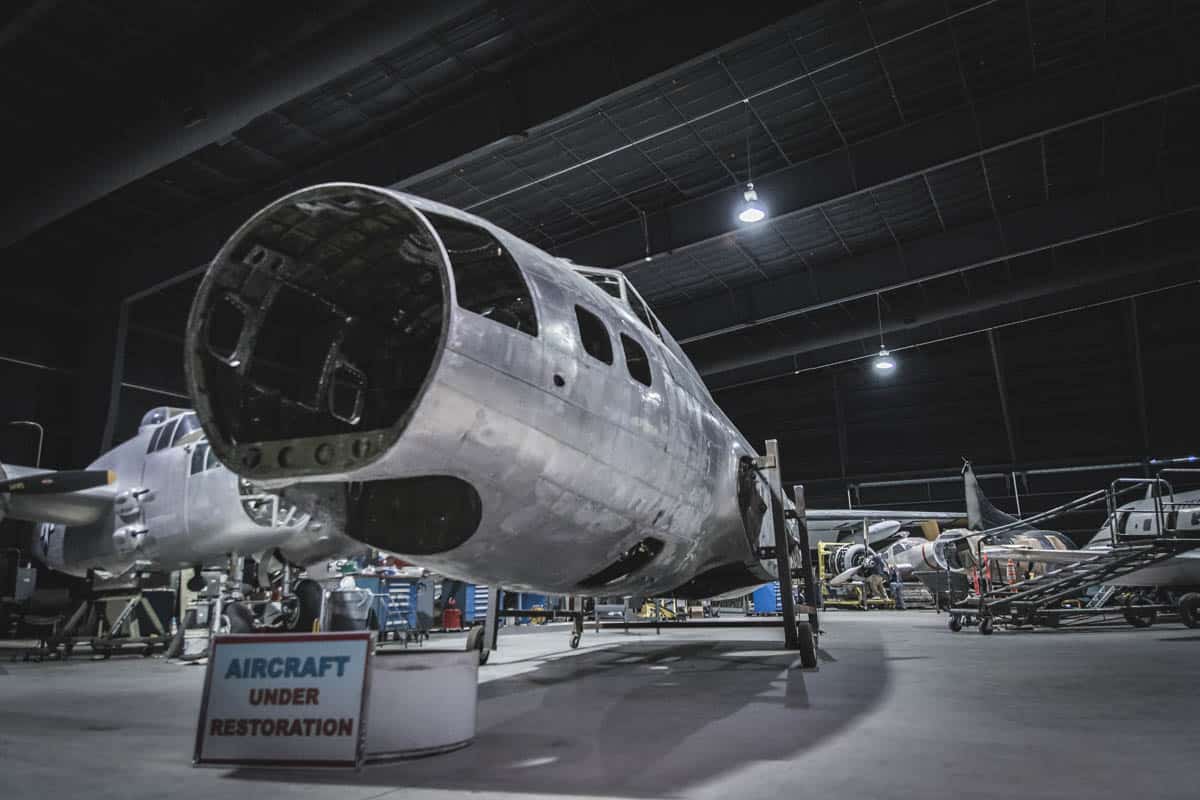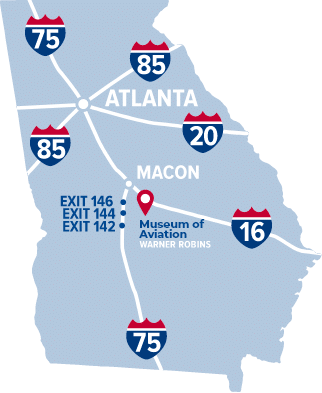The history of Robins Air Force Base, as told through this museum and most official sources, is one devoid of much pain, loss and suffering. There is only limited acknowledgement here of the price of freedom that is paid by our airmen, soldiers, sailors and marines. Death is never an easy subject to present, and yet it is an ever-present constant in the lives our men and women in uniform. This is even truer for those killed in non-combat incidents and accidents. Those killed during times of combat are forever remembered by our national conscience, emblazoned on memorial walls and statues. Those who paid the ultimate price for our freedom going about their routine and often mundane daily duties are often lost in the telling of the greater Air Force story.
For my entire life I have heard whispers and stories of just such an event, an airplane crash in the swamps bordering the base. I did not know many details, only those passed to me by my father, who remembered hearing of the crash the morning after it happened. Men died, the airplane was left to be reclaimed by the swamp; that was the extent of what I knew for years. The story interested me though and I started doing research on my own several years ago. Yesterday, three weeks and a few days removed from the 64th anniversary of the crash, I was finally able to visit the crash site with a few other individuals and, hopefully, take a step towards bringing the memory of the men who were lost there back from obscurity.
On February 13, 1947, at approximately 9pm in the evening UC-45F tail #44-47076 left the runway at Robins Air Force Base, then called Robins Field, on its way to its home base of Wright Field in Ohio. On board were five officers, one enlisted and one civilian. Only a few minutes later, the UC-45 would scattered across the streams and bogs of the swamp that lies along the Ocmulgee River just east of Robins. In the pitch black night, confusion reigned about what had happened to the aircraft. There were no survivors nine hours later, when rescuers were finally able to hack their way through the rough terrain to the crash site.
Through the years the stories about the crash and the research I did on the incident raised many questions in my mind. I thought that visiting the site would put many of these to rest, but instead I left with many more thoughts and questions. Who had these men been? What did their families know about their deaths deep in this Georgia swamp? What really happened on that night? These men had died in service of their country, and yet their memory has been swallowed up by the swamp, both literally and figuratively. The visit to the site of their death yesterday was hopefully the beginning of a new chapter in their story. This is the first of what I hope will be a series of blogs that will cover the incident, from the men involved, to the actual accident and our efforts as a museum staff to commemorate the incident.

From left to right: Lt Col Jeff Brett of the 413th Flight Test Squadron, Stephen Hammack, RAFB Archaeologist and myself examine the original crash report for clues while at the crash site.















